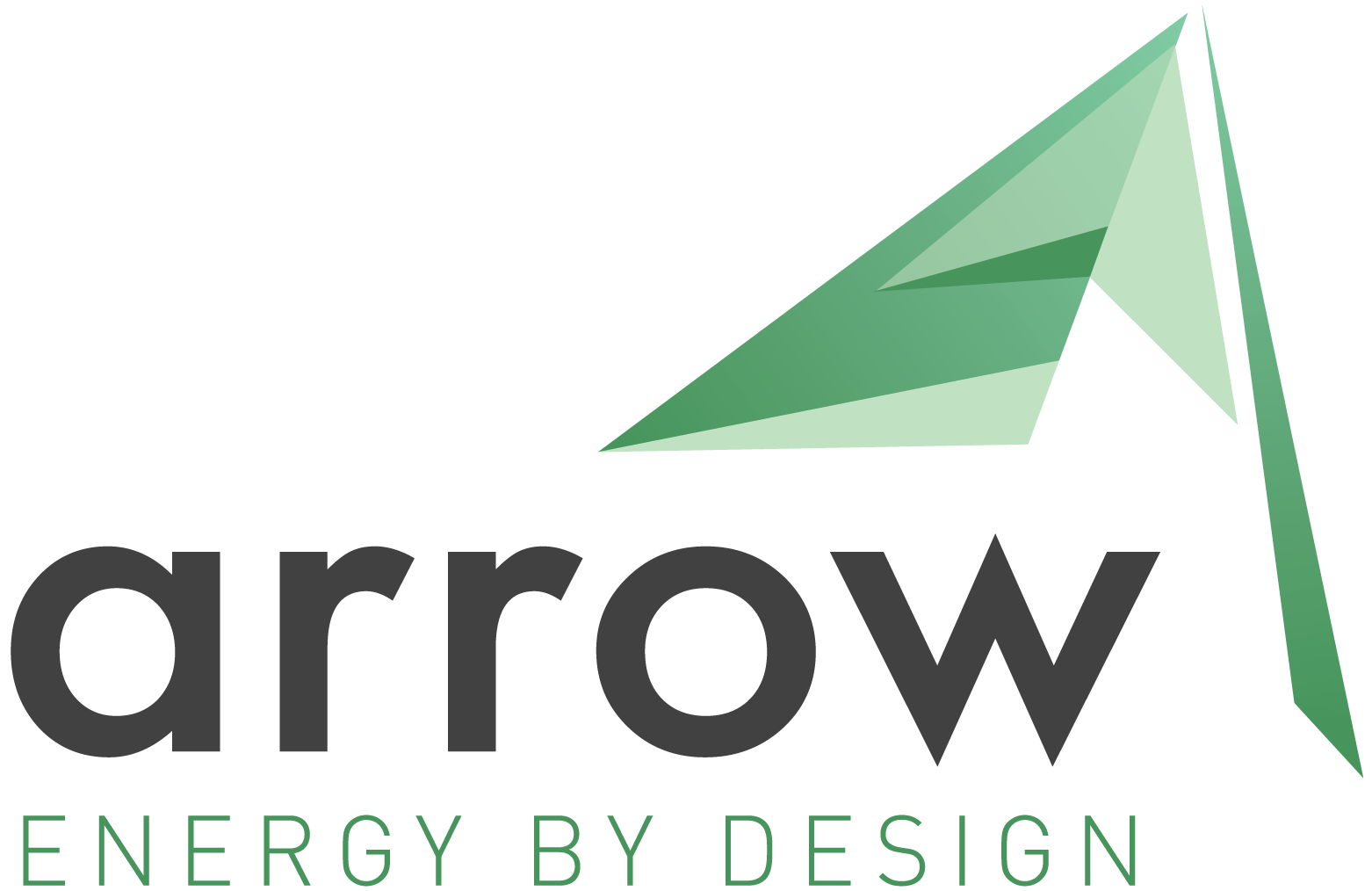feasibility studies
In its simplest form, a feasibility study represents a definition of a problem or opportunity to be studied, an analysis of the current operation, a definition of requirements, an evaluation of alternatives and an agreed course of action.
Typically, there are six phases of activity within a feasibility study:
the project scope
This is used to define the business problem and/or opportunity to be addressed. The scope should be definitive and to the point as much as possible using the information available.
Without a well-defined project scope, projects can wander in and out of their boundaries causing the study to produce either far too much or far too little information than is truly needed.
the current situation
This is used to define and understand the current method of implementation, such as a system, a product, etc. From this analysis, a benchmark can be developed to understand the key areas that are affecting the business or operation.
It is important at this stage not to pre-judge the outcome. We simply document the findings, otherwise a lot of time can be spent deliberating a solution unnecessarily.
the requirements
How requirements are defined depends on the key objective of the project. What are we planning to deliver for the client, what are their requirements and expectations? For example, is the key focus carbon reduction, cost reduction, improving business profile or a combination of all three?
the approach
The recommended solution or course of action to satisfy the requirements. At this point alternatives are investigated; if it’s a technology alternative which one aligns fully with the client’s requirements, or does the solution require a combination of technologies. An explenation of the reasoning is developed together with outline designs to show why the approach is preferred.
At this stage it is a case of questioning - Is the solution cost effective and practical, and most importantly does the solution align with the scope and client expectations?
A thorough analysis here is needed in order to perform the next step…
the evaluation
During this phase the cost effectiveness of the approach is assessed; the capital costs, return on investment (IRR), net present value (NPV) and payback in years. Other options are evaluated to offer an economic comparison.
the review
Bringing together all of the information developed into a Feasibility Study and a formal review is conducted with all parties involved. Along with the client the study is reviewed to substantiate the thoroughness and accuracy of the work, and to make a project decision; either approve it, reject it, or ask that it be revised before making a final decision.
the conclusion
The study should be at its completion an enabler to the client to decide on the best way forward. The next stage of the project should be clear and not confusing.
Feasibility studies represent a common-sense approach to planning and good business sense.
